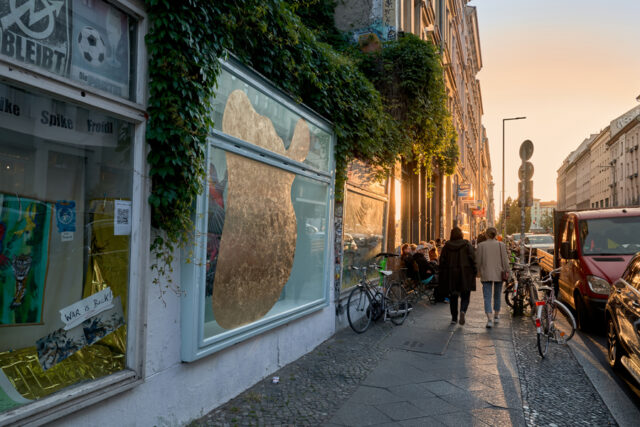
Straßenansicht Sox 2022, Foto: Marlene Zoë Burz

Straßenansicht Sox 2022, Foto: Marlene Zoë Burz

Straßenansicht Sox 2022, Foto: Marlene Zoë Burz

Straßenansicht Sox 2022, Foto: Marlene Zoë Burz